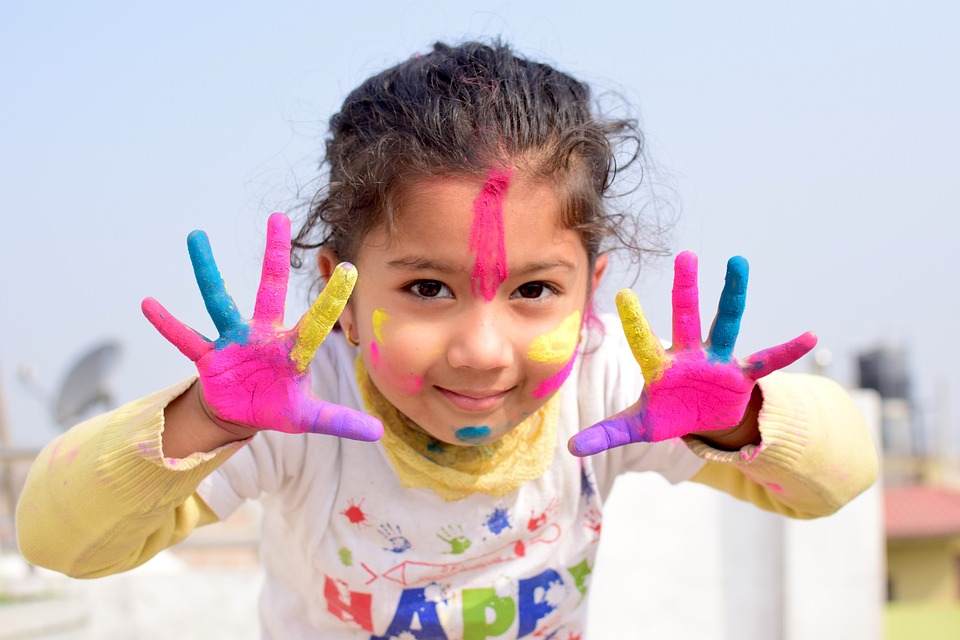Introduction
Music festivals have become an integral part of popular culture, attracting music enthusiasts from all walks of life. These events provide an immersive experience where music, art, and community blend together. Over the years, music festivals have evolved significantly, both in terms of scale and style. This article takes a journey through time, exploring how music festivals have transformed from the iconic Woodstock era to the modern spectacle of Coachella.
The Birth of Woodstock
The Woodstock Music and Art Fair, held in 1969, marked a defining moment in the history of music festivals. With its focus on peace, love, and music, Woodstock became a cultural phenomenon that reflected the counterculture movement of the 1960s. It brought together some of the biggest musical acts of the time, including Jimi Hendrix, Janis Joplin, and The Who, attracting hundreds of thousands of people. Woodstock set the stage for future festivals by emphasizing the power of music as a means of expression and unity.
Expansion and Commercialization
In the 1980s and 1990s, music festivals started to expand beyond their counterculture roots and embrace different genres. Festivals like Glastonbury in the UK and Lollapalooza in the US began featuring a diverse range of artists and attracting larger audiences. This period also saw the commercialization of music festivals as sponsors and corporate involvement became more prevalent. While some criticized this shift, it allowed for the growth and sustainability of festivals on a grander scale.
The Digital Age and Transformation
The advent of the internet and digital technology had a profound impact on music festivals. From the late 1990s onwards, festivals began utilizing online platforms to promote and sell tickets, connect with fans, and stream performances. This digital shift created new opportunities for artists and audiences alike, with festivals becoming more accessible to a global audience. The rise of social media further accelerated the evolution of music festivals, enabling real-time interactions, sharing, and viral moments that amplified the festival experience beyond the physical event itself.
Emergence of Destination Festivals
In recent years, a trend towards destination festivals has emerged. While traditional festivals are typically held in a single location, destination festivals take place in unique and scenic settings. One such example is Coachella Valley Music and Arts Festival. Coachella, held annually in California, attracts attendees from around the world who come not just for the music but also for the immersive experience, art installations, and fashion. This new breed of festivals showcases the desire for an all-encompassing experience where music is just one component of a larger picture.
The Rise of Music Diversity
Music festivals have also become more diverse in terms of genres and artists. While Woodstock was heavily rock-centric, modern festivals like Coachella embrace a wide range of musical styles, including electronic, hip-hop, indie, and more. This inclusivity reflects the evolving tastes of music enthusiasts and promotes cross-genre collaboration, giving artists from different backgrounds a shared platform to showcase their talent. The increased diversity in music festivals has broadened their appeal and made them accessible to a wider demographic.
Enhanced Production Values
As music festivals evolved, production values have skyrocketed. From complex stage designs and stunning visual effects to state-of-the-art sound systems, festivals now offer immersive and multisensory experiences. Technology has played a significant role in elevating these production values, allowing artists to put on visually stunning and sonically impeccable performances. Lighting displays, pyrotechnics, and interactive installations further enhance the festival atmosphere, ensuring that attendees are not just passive listeners but active participants in the overall experience.
Cultural Impact and Community
Music festivals have transcended their role as mere entertainment events and have become cultural touchstones. They serve as gathering places for like-minded individuals, fostering a sense of belonging and community. The festival community has its own rituals, traditions, and even fashion trends, creating a subculture that extends beyond the festival grounds. Music festivals have also pioneered environmental initiatives and social causes, promoting sustainability, activism, and social consciousness among attendees.
The Future of Music Festivals
As music festivals continue to evolve, it is clear that they will remain a vibrant part of our cultural landscape. The future will likely see even more fusion between music, art, and technology, with virtual reality, augmented reality, and interactive experiences becoming more prevalent. The desire for unique and immersive festival experiences will continue to drive innovation in both artist performances and audience engagement. Music festivals have come a long way from their humble beginnings, and their evolution shows no signs of slowing down.
Conclusion
From the groundbreaking Woodstock to the contemporary spectacle of Coachella, music festivals have undergone a remarkable evolution. They have grown in scale, diversified in genre, embraced technology, and become cultural phenomena. The magic of music festivals lies in their ability to bring people together, celebrate creativity, and create lasting memories. As we look to the future, one thing is certain: music festivals will continue to shape the way we experience music, art, and community.

